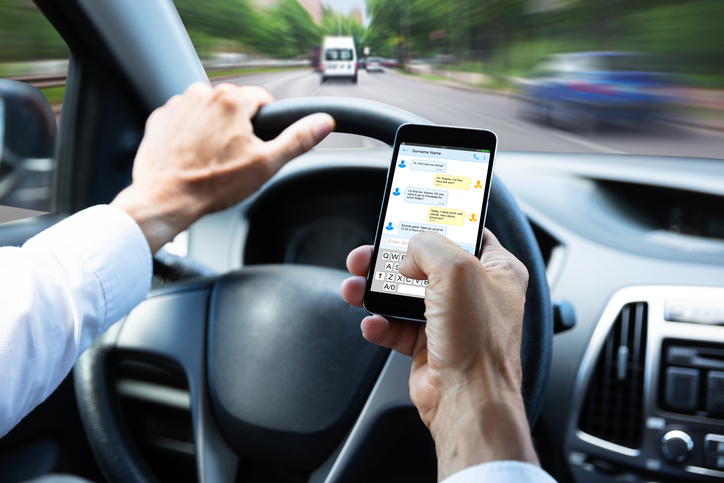
Ohio Governor Says New Distracted Driving Law Is Working
Recently, Ohio Governor Mike DeWine said that there’s been a significant decrease in traffic accidents following the new law enacted with regard to distracted driving within the state.
Essential data from Ohio State Highway Patrol indicate that crashes due to distracted driving have considerably reduced in September 2023 compared to those in January 2018. Read on to delve into how the enactments have led to a considerable reduction in traffic crashes due to distracted driving in Ohio.
“In just six months, this law is saving lives by changing the culture around distracted driving and changing the behavior of drivers behind the wheel,” Governor DeWine mentioned. In his expression of gratitude, DeWine praised the drivers for adhering to the new laws and encouraged them to continue doing so, as there are no acceptable levels of distracted driving.
In comparing the first nine months of 2022 and 2023, the insights show a reduction of 16 percent in crashes to the number touching 1255. In addition, the distracted driving fatalities came down by almost 25 percent in this period.
While the new law has reduced the number of accidents due to distracted driving, it isn’t pertinent to this alone. The other traffic crashes in Ohio were underreported, with September 2023 recording the least number of crashes in the last six years except in April 2020, which saw a decrease in travel due to the COVID-19 pandemic.
In addition, the first nine months of 2022 and 2023 witnessed nearly 23,000 fewer overall traffic crashes, with three dozen fewer fatalities in this period.
The prime driver behind this dramatic improvement was the Senate Bill 288, signed by Governor DeWine in January, which prohibits the use of mobile phones or electronic devices while driving. The law came into effect in April. It was provided with a grace period of six months, which was used towards educating the motorists. Recently, it ended with the law bringing in stringent citations. If you are interested in delving deeper and obtaining insights from a legal standpoint, you may seek the guidance of a Raleigh personal injury lawyer.
To bring the law into action, the Ohio State Highway Patrol will conduct high-visibility traffic enforcement on major highways like I-71 in Delaware County, I-77 in Summit County, I-70 in Guernsey County, and U.S. 35 in Jackson County.
In lieu of this, Colonel A. Charles, Ohio State Highway Patrol’s superintendent, emphasized the dangers of distracted driving and associated consequences. Furthermore, authorities state that more relentless efforts are required to reduce distracted driving incidents. A new public awareness campaign titled “Never Here” was launched to underscore the consequences of distracted driving.
In response to the new laws, which have been effective in garnering public attention, some interesting stats have emerged. A recent survey indicated that 90 percent of licensed Ohio drivers are aware of the new regulations, and 75 percent have cut down their mobile use while driving.
Sponsored by Senator Nathan Manning (R-North Ridgeville) with representatives Cindy Abrams (R-Harrison) and Brian Lampton (R-Breavercreek) participating actively in its development, the bill was originally a part of House Bill 283. In the case of the previous law, only juvenile drivers were treated as offenders for distracted driving, which limited the authorities from stopping the adult drivers unless an incident of additional traffic violation occurred.
Nevertheless, there are some exceptions to the new law. Some of these include – letting adult drivers send or receive calls using hands-free devices, using GPS with pre-set navigation, keeping a phone close to the ear while attending a call, and with devices activated with a single touch or swipe while driving. In addition, devices can also be used when vehicles are stopped at traffic signals or during any emergencies. Besides, adults and youngsters are allowed to use phones at any time to contact their first responders during an emergency.


